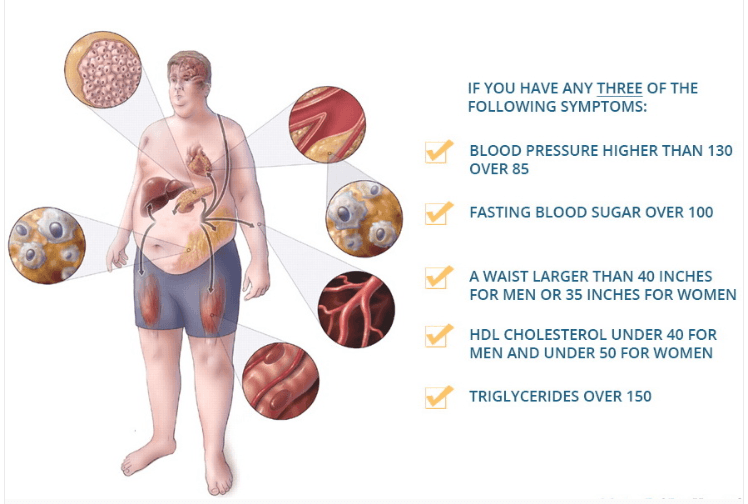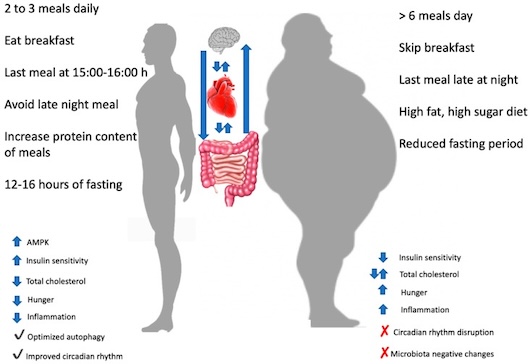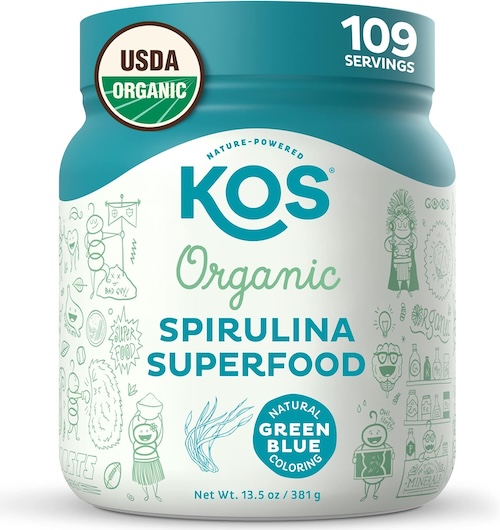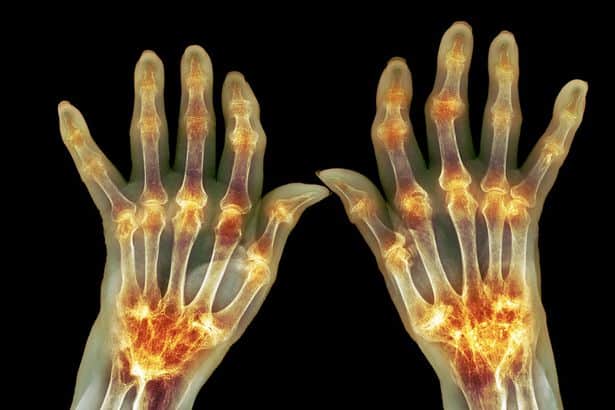5 Longevity Studies Published in 2023 Relevant to You Now

Longevity studies are needed to show us what’s possible, but most of the time you can’t act on their conclusions. I show you four that you can put into action right now, and one that shows great promise.
Many longevity studies were published in 2023, but most of them are not actionable by you now; meaning, although they might be fascinating, most of them don’t offer anything you can employ now to improve your healthspan or lifespan.
For my last post of 2023, I wanted to show you five longevity studies that give you tips you can be relevant to you now. Four of the studies cover what you can do to combat metabolic syndrome, Alzheimer’s, reduce your chance of getting cardiovascular disease and to prevent muscle wasting as you age. One of them — how to improve rheumatoid arthritis — is promising, but not yet ready to be acted upon now.
These are five longevity studies:
- Morning workouts are best to combat metabolic syndrome
- Vigorous exercise improves Alzheimer’s outcomes
- Earlier meals associated with less vascular disease
- Prevent muscle loss with seaweed
- A new anti-inflammatory approach to rheumatoid arthritis
Let’s dig in so you can find out what you can do now to slow down your rate of aging and improve your healthspan.
1. Morning Workouts are Best to Combat Metabolic Syndrome
Purpose: This study examined the efficacy of morning versus afternoon aerobic exercise training on reducing metabolic syndrome components in individuals with metabolic syndrome.
Conclusion: The study found that both morning and afternoon exercise training improved body composition, cardiorespiratory fitness, and blood pressure; however, morning exercise was more effective at reducing systolic blood pressure, fasting insulin concentration, and insulin resistance. The authors suggest that morning exercise may be more efficient at improving metabolic health.
The authors suggest that this may be because morning exercise helps to regulate circadian rhythms, which are the body’s natural sleep-wake cycles. Circadian rhythms play a role in regulating metabolism, and so it is possible that morning exercise may be more effective at improving metabolic health because it helps to synchronize these rhythms.
The document also mentions that there is some evidence to suggest that morning exercise may be more effective at burning fat. However, more research is needed to confirm this.
Relevance to you: If you have metabolic syndrome, or chronically high blood pressure, insulin resistance or high blood sugar, try doing aerobic exercise in the morning. You can learn more about metabolic syndrome by reading my post, Metabolic Syndrome Affects 30% of the U.S. Population — How About You?.
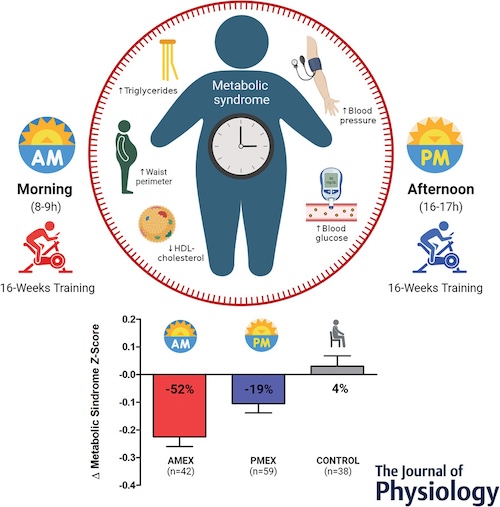
Key points depicted by the image above:
- The effect of exercise time of day on health promotion is an area that has gained interest in recent years; however, large-scale, randomized-control studies are scarce.
- People with metabolic syndrome (MetS) are at risk of developing cardiometabolic diseases and reductions in this risk with exercise training can be precisely gauged using a compound score sensitive to subtle evolution in each MetS component (i.e. Z score).
- Supervised aerobic exercise for 16 weeks (morning and afternoon), without dietary restriction, improved cardiorespiratory and metabolic fitness, body composition and mean arterial pressure compared to a non-exercise control group.
- However, training in the morning, without changes in exercise dose or intensity, reduced systolic blood pressure and insulin resistance further compared to when training in the afternoon.
- Thus, high-intensity aerobic exercise training in the morning is somewhat more efficient in improving the health of individuals with metabolic syndrome.
2. Vigorous Exercise Improves Alzheimer’s Outcomes

Exercise intensity is increased when working the full body. In this case, both the upper and lower body works to make the fan wheel move against wind resistance.
Purpose: This longevity study investigates the connection between physical activity levels and Alzheimer’s disease-related mortality in older adults.
Conclusion: Engaging in vigorous physical activity, but not moderate activity, is associated with a lower risk of dying from Alzheimer’s disease. The authors estimate that if all US adults participated in at least 40 minutes of vigorous physical activity per week, 12,238 Alzheimer’s disease-related deaths could be prevented annually.
Relevance to you: If your family has a history of dementia, of which Alzheimer’s is the most common form, consider exercising with intensity. How intense? Unfortunately, this study relied on participants’ self-reporting about the degree of exercise difficulty. But as a frame of reference, exercise can be considered moderate if its degree of difficulty allows you to talk; whereas it can be considered vigorous if when being performed you can only speak in bursts of a few words at a time. If you’re still not convinced that exercise has a positive impact on your brain, read Lifespan.io’s article, Human Trials Find Positive Effects of Exercise on Cognition.
3. Earlier Meals Associated with Less Vascular Disease
Purpose: This longevity study investigates the association between meal timing and the risk of cardiovascular disease (CVD) in more than 100,000 French adults.
Conclusion:
- Later first and last meals of the day were associated with a higher risk of CVD, especially among women.
- This suggests that adhering to earlier eating patterns may be beneficial for cardiovascular health.
- The potential benefit was seen specifically for coronary heart disease and cerebrovascular disease, not just overall CVD risk.
- The study also looked at the number of eating occasions, but found no significant association with CVD risk.
- The authors speculate that the later meal timing might disrupt circadian rhythms, potentially impacting metabolic and hormonal processes and contributing to CVD risk.
Relevance to you:
This study had some limitations:
- It’s an observational study that cannot establish cause-and-effect relationships, only associations.
- The self-reported dietary data can suffer from recall bias and inaccuracies.
- The study focused on meal timing, not the nutritional make-up of meals.
However, it had these strengths:
- The researchers followed participants over time, strengthening the causal inference.
- The large sample size of more than 100,000 participants increases the reliability of the findings.
- Repeated 24-hour dietary data submissions provided accurate assessment of meal timing and frequency.
- Adjustments were made for various confounding factors, such as age, sex, socioeconomic status, lifestyle habits, etc., ensuring the observed associations are not due to other influences.
The bottom line is that this study provides valuable insights into the potential link between dietary circadian rhythms and CVD risk. While further research is needed to confirm the causal relationship and explore underlying mechanisms, the findings suggest that adopting earlier eating patterns could be a simple yet effective dietary strategy for promoting cardiovascular health.
The study did not suggest specific meal timing, but a study published in 2019 entitled, The Influence of Meal Frequency and Timing on Health in Humans: The Role of Fasting made this conclusion:
“There may be physiological benefits to consuming a greater proportion of calories earlier in the day, which often involves breakfast consumption, as compared to consuming a large number of calories later at night. There may also be benefits to extending the daily fasting period beyond a standard overnight fast or implementing occasional fasting periods. In order to reconcile these two strategies, an individual could eat from breakfast until mid- to late-afternoon each day.”
4. Prevent Muscle Loss with Seaweed
Purpose: This study used a pre-clinical experiment on mice and a clinical trial on human participants to explore the potential of brown algae (IO) in reducing age-associated muscle loss, also known as sarcopenia.
Conclusion:
In both mice and humans, consuming IO led to:
- Increased muscle mass and grip strength.
- Reduced muscle wasting and inflammatory markers.
- Increased expression of genes associated with muscle growth and repair.
- The effects were more pronounced in participants with lower baseline muscle mass.
Relevance to you:
The study has some limitations:
- Both the mouse and human cohorts had limited participants, reducing generalizability.
- The clinical trial lasted only 12 weeks, requiring longer studies for confirmation.
- More research needed to determine optimal dosage and specific brown algae variety for better efficacy.
- Safety and long-term benefits of IO consumption need further investigation.
Its strengths:
- Combination of pre-clinical and clinical data provides stronger evidence than just one type of study.
- Randomized controlled trial minimizes potential bias and strengthens causal inference.
- Muscle mass and strength assessed using reliable methods.
- Mechanistic insights via gene expression analysis gives clues about how IO might work.
The bottom line is that there’s evidence for brown algae (IO) as a potential dietary strategy to combat age-associated muscle loss.
Whole foods sources of IO include:
- Seaweed: Kombu, wakame, kelp, nori, hiziki, and arame are readily available dried or fresh in Asian grocery stores. These can be used in soups, salads, wraps, noodles, and even snacks like roasted nori sheets.
- Sea vegetables: Spirulina and chlorella, though technically microalgae, offer concentrated brown algae benefits and can be found in powder form for smoothies, dips, or sprinkled on food.
Supplements sources of IO include:
- Brown algae capsules: Convenient and concentrated capsules offer a guaranteed dose of brown algae but lack the culinary experience of whole foods.
- Seaweed extracts: Liquid or powdered extracts offer concentrated benefits but may have a stronger marine flavor.
5. A New Anti-inflammatory Approach to Rheumatoid Arthritis
Purpose: To examine the ability of a natural fungi called phoenixin as a rheumatoid arthritis (RA) treatment by reducing RA-linked cellular senescence.
Conclusion: When added to fibroblast-like synoviocytes (FLS), cells crucial in joint inflammation, phoenixin did this:
- Significantly reduced senescence markers – telltale signs of aged, malfunctioning cells.
- Lowered inflammatory cytokine production, the chemical messengers that fuel RA’s painful flare-ups.
- Boosted telomerase, an enzyme vital for healthy cell division, counteracting senescence.
Relevance to you: RA is a chronic inflammatory disease that wreaks havoc on joints, causing pain, stiffness, and swelling. Around 17.6 million people globally had RA in 2020, according to a study published in The Lancet Public Health. This translates to roughly 0.22% of the global population, or one in every 450 people living with RA. You can not access phoenixin now, because:
- It’s not available to the public.
- The research focused on isolated cells, not living organisms.
- Further studies in animals and ultimately humans are necessary to confirm its effectiveness and safety.
Even if phoenixin doesn’t become a standalone RA cure, its anti-senescence properties could pave the way for novel treatment strategies that target the root cause of the disease. In the meantime, check out my posts on arthritis to see what you can do now to improve the condition.
You now have at least four longevity studies whose conclusions you can use now to help improve your health and extend the years over which you’re healthy.
Get cracking!
Last Updated on February 7, 2024 by Joe Garma


